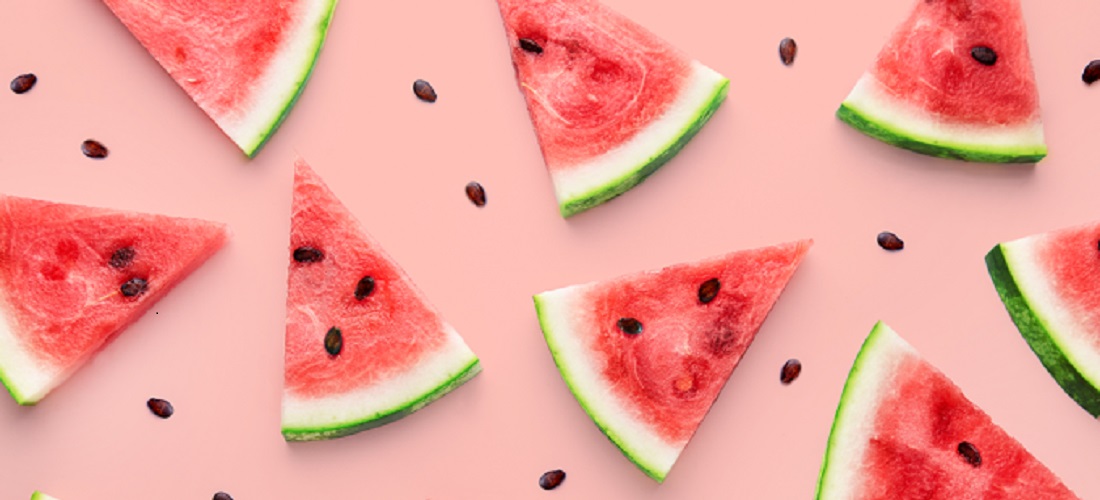
Brazil melon and watermelon shipments likely to grow 8% in 2024/2025
Jul, 08, 2024 Posted by Gabriel MalheirosWeek 202427
Estimates from the Rio Grande do Norte Fruit Growing Executive Committee (Coex) predict an 8% uptick in melon and watermelon shipments for the 2024/2025 harvest. This increase would translate to some 24,000 tonnes of these fruits being sent to the foreign market. In the 2023/2024 harvest, Rio Grande do Norte exported over 87,000 tonnes of melons and watermelons, primarily to Spain, the Netherlands, and the United Kingdom.
In the first five months of this year, shipments of the 4M fruit crops—melon, watermelon, papaya, and mango—grew by 6.13% compared to the same period in 2023. The volume sent to the foreign market grew from just over 91,600 tonnes to 97,200 tonnes. The exported value increased by 2.43%, reaching almost US$70.4 million, compared to US$78.7 million vis-a-vis the same period of 2023. The data was compiled by the International Business Center of the Federation of Industries of Rio Grande do Norte (Fiern), based on bulletins from the Ministry of Development, Industry, Commerce, and Services.
Over the past four years, considering the first five months, the volume of melon, watermelon, papaya, and mango shipments increased by more than 21,400 tonnes, representing a 28.21% surge. The commercial value rose by 55.54%, from US$45.207 million in 2021 to US$70.395 million in 2024.
Statistics on melon, watermelon, papaya, and mango crops consolidate Rio Grande do Norte as the largest fruit exporter in Brazil. From January to May this year, these four fruits dominated the export agenda, with melons leading the way, accounting for 68.84% of Brazil’s fruit exports during this period. Watermelons followed in line with 55.48%, papayas with 38.06%, and mangoes with a modest share of 4.74%.
Agrícola Famosa, the largest Brazilian fruit exporter located in the semi-arid region of Rio Grande do Norte in Mossoró, is expected to double its production in the 2024/2025 harvest, according to the company’s CEO and founder Carlo Porro. “From August this year to February 2025, we plan to increase our area by around 20%, which represents 2,000 hectares,” said Porro. He noted that exports concentrate from August to February, but the company continues to farm during the rainy season, albeit in smaller volumes.
Agrícola Famosa boasts impressive numbers: 30,000 hectares of land, 11,000 hectares in production, over 8,000 employees, and nearly 280,000 tonnes of fruit produced. “We aim to reach 12,000 export containers. This will be the third year we use our own ships. For the next harvest, we are doubling the capacity of these ships from 2,500 tons to 5,500 tonnes. We ship to Europe and the Middle East, and our next big market is China,” said Porro.
The businessman highlighted significant growth in the papaya sector. “Papaya will, without a doubt, become a relevant product very soon. Europeans really like our papaya,” he commented.
The chart below builds on DataLiner data to provide a historical overview of Brazil’s melon, watermelon, and papaya shipments between January 2021 and May 2024.
Exports of melons and watermelons from Brazil | Jan 2021 – May 2024 | WTMT
Source: DataLiner (click here to request a demo)
Producers Believe in Expansion
With more than 20 years of history, the Association of Mango Producers of Rio Grande do Norte (Asprom) brings together 50 farmers cultivating 650 hectares in Vale do Açu, yielding 10 to 15 tonnes of fruit per hectare. Paulo Teixeira, president of Asprom/RN, sees favorable conditions for expanding production. “We certainly can produce around 8,000 to 10,000 tonnes. Given our current volume and potential, we can undertake export work, generating more jobs, taxes, and foreign currency,” he says.
In 2021, Teixeira, an economist, developed a project to export mangoes to Europe, which is awaiting financing to establish a ‘Packing House’—a facility that processes agricultural products post-harvest, ensuring quality and hygiene standards before they reach the market. This facility is essential for exporting any fruit to the United States or the European market.
“We have two warehouses from an old cooperative that used to work exclusively with cotton and beans, which have since closed. I identified these buildings as ideal for our Packing House to facilitate mango exports. The investment required is around R$3.7 million for adjustments and machinery. Unfortunately, we have not seen any progress,” laments Teixeira.
Currently, Asprom producers export around 30% of their production through an auxiliary company, while the remaining 70% is sold domestically in states such as São Paulo, Rio de Janeiro, Ceará, Paraíba, and Pernambuco.
“In the Açu Valley, mango farming leads in terms of job creation. It has significant potential to generate employment and income. If we start direct export operations, we will create more jobs, generate more taxes, and earn more foreign currency. With sales to Europe and the United States, we will receive payments in euros and dollars. We may conduct export operations every week,” he says enthusiastically.
Click here to access the original version of this article: https://tribunadonorte.com.br/economia/exportacoes-de-melao-e-melancia-devem-crescer-8-na-safra-2024-2025-diz-coex/
-
Ports and Terminals
Apr, 19, 2023
0
Portos RS announces record-breaking Q1 2023 cargo volumes
-
Grains
Jul, 07, 2021
0
ABIOVE raises Brazil’s soybean export forecast
-
Automotive
May, 23, 2024
0
Ibama Strike Disrupts Imported Vehicle Registrations in Brazil
-
Ports and Terminals
Jun, 20, 2023
0
Brazil’s Antaq approves public consultation for new terminal in Santana



